Making an adventurer in DnD 5E can be incredibly fun. The background of your 5E adventurer can be as simple as a survivalist or as complex as a hunter of aberrations in cities. But, like all things on tabletop, only one background reigns supreme.
While you should feel free to choose whatever background best suits you, there are some that were given a lot of extra time and attention compared to others. Let’s look into some of the best choices you can scoop up in DnD 5E.
The best backgrounds in DnD 5E, ranked
The greatest backgrounds in DnD 5E offer strong skills, good tool proficiencies, a strong feature, and access to otherwise hard-to-get feats. Because many backgrounds got feats in later DnD 5E books, the strongest backgrounds tend to be campaign-oriented.
DMs may or may not allow these backgrounds depending on the setting that you engage with. For example, the Wildshaper background is from the Astral Adventurer’s Guide. While that book is allowed for most campaigns, please talk with your DM before locking in any of these backgrounds.
We will not be going over backgrounds from overly specific campaign settings, such as Dragonlance: Shadow of the Dragon Queen or Guildmaster’s Guide to Ravnica—despite the power of those backgrounds.
10) Criminal

- Strengths: Strong proficiencies, good feature
Criminal is the archetypal “good background” from the Player’s Handbook, and is a great example of what a background needs to approach optimal. That’s because of its stellar skill and tool proficiencies. Deception and Stealth are both going to come up during a traditional campaign, but a way to get Thieves’ Tools proficiency is the mark of an above-average background. Picking locks comes up very often, so having your background cover you in this aspect is important.
The Criminal Contact feature is another good thing for you, as you’ll basically have a semi-guaranteed NPC ally throughout a campaign. As long as your DM stays true to their word, this feature is a bit stronger than a feat.
And, if you don’t want your character to come from a criminal background, you can always be a Spy instead. Where are the downsides?
9) Wildspacer
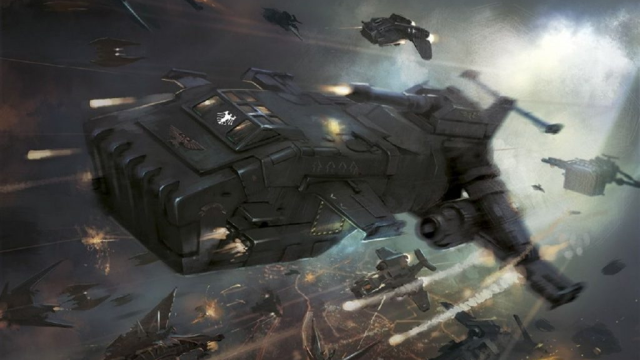
- Strengths: The Tough feat
Wildspacer, from Astral Adventurer’s Guide, grants middling skill proficiencies with Athletics and Survival, as well as abysmal tool proficiencies.
However, it comes with an extremely beneficial bonus with the Tough feat. Tough is perhaps the strongest generic feat in the game, requiring no spellcasting, martial capabilities, or anything in between to be useful. Wildspacers just get two extra hit points per level.
For most classes, this isn’t really worth it. Wildspacer has such minor utility benefits that you’re basically getting it for Tough. However, characters who are planning on being selfish—or classes like Bard and Rogue that don’t need extra skills—can really benefit from getting this extra health.
8) Giant Foundling
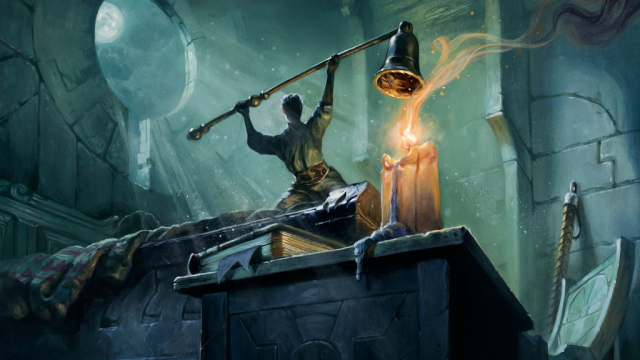
- Strengths: The Strike of the Giants feat
Giant Foundling, just like Wildspacer, is a background defined by middling proficiencies and a fantastic feat. However, unlike Wildspacer, Strike of the Giants is an offensive feat designed to deal additional damage. Depending on the Giant your powers emulate, this ability deals up to 1d10 damage, applying a powerful debuff if it deals less damage.
Strike of the Giants isn’t particularly inspiring, but it is a prerequisite for a much stronger feat later down the line. The Strike of the Giant featline has up to six options, each allowing for bonuses to Strength, Constitution, Wisdom, or Charisma. They each offer their own strengths, from improving healing to creating a potent aura.
By taking this background, you skip a step on the journey to the strong Strike of the Giants feats. And that makes it very interesting, even if you’re unlikely to be able to take Giant Foundling in every campaign.
7) Rune Carver
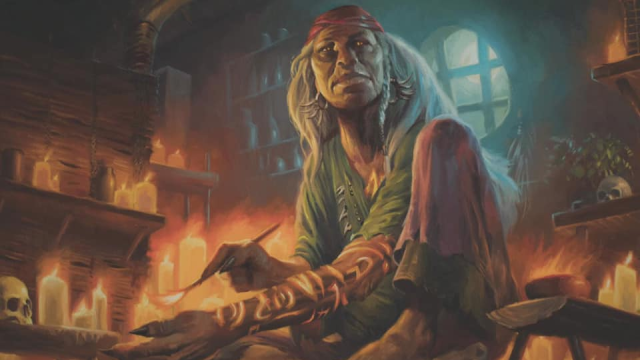
- Strengths: Rune Shaper, Perception
The Rune Carver is the first instance where you get an acceptable feat as well as good utility. Instead of throwaway skills and tool proficiencies, you get Perception—a great and rare skill. The Artisan’s Tool proficiency will likely come in handy more often than many other tool proficiencies, though you should talk with your DM about which tools will matter in a campaign. You also get that tool for free, thanks to the background’s equipment.
Your feat is Rune Shaper, which lets you learn Comprehend Languages and a suite of first level spells. Notable runes that you should grab include Armor of Agathys, Entangle, and Sanctuary.
6) Urban Bounty Hunter
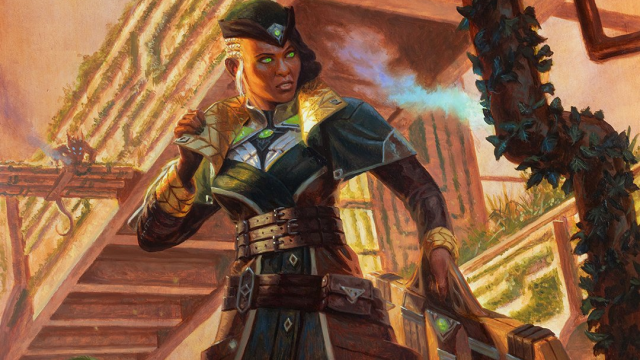
- Strengths: Flexible skill and tool proficiencies, strong feature
This background’s flexibility is almost unmatched in 5E. You get to choose between Deception, Insight, Persuasion, and Stealth for your two skill proficiencies. All of those are reasonable, and most of them work very well for a Charisma-based character. Even Bards have trouble getting proficient in all Charisma-based skills, after all.
Then, you get to choose between Thieves’ Tools, a gaming set, or a musical instrument for your two tool proficiencies. Thieves’ Tools are amazing, but the other setups are mostly for making money.
The feature is great too, giving you consistent contacts. The only really bad part of the Urban Bounty Hunter is your equipment, which amounts to a mere 20 gp of value. That’s terrible compared to many backgrounds, but the flexibility is well worth it.
5) Astral Drifter

- Strengths: Okay skills, versatile feat
The Astral Drifter doesn’t have the best proficiencies and is stuck learning two languages. However, it makes up for this through the Divine Contact feature. This feature not only grants you access to Magic Initiate—a feat which lets you learn some magic for free—but also allows you to have came in contact with a deity. That’s not nothing.
You’re forced onto the Cleric spell list for your Magic Initiate feat, and you certainly could be stuck with worse. Getting Guidance and a damaging cantrip—Word of Radiance, for instance, can be very effective for melee—is a fantastic idea.
With your DM, it’s a good idea to lock down what that deity was like and if the information they gave was sound. Many of these gods have actually good information for you, though many of them will just give funny and cryptic words. Either way, you’ve been blessed in some way.
4) Guild Artisan
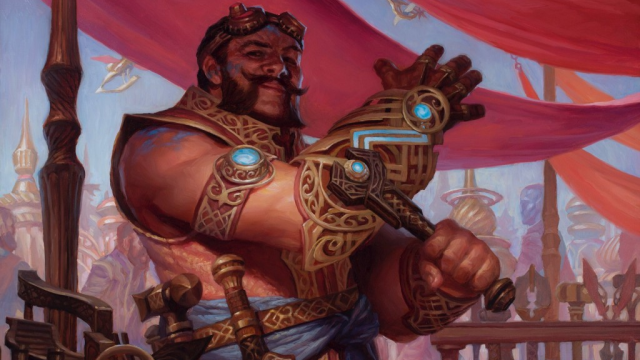
- Strengths: Fantastic feature, solid skills
Guild Artisan earns its place above Tough and other feats with two things. Persuasion proficiency tends to be the most reliable of the Charisma skills to have, and any character can benefit from being fairly likely to succeed at talking amicably to someone else. Insight’s also a good thing for anyone to get, especially if you plan to talk to people often.
The second thing is your Guild Membership. As long as your DM is kind to you, a guild that has your back is going to come in handy far more often than you could ever imagine. This is a source of room and board, resources, libraries, and contacts for your campaign.
It costs you five gp per month, but this goes far beyond the benefits that a simple feat can provide you.
3) Investigator
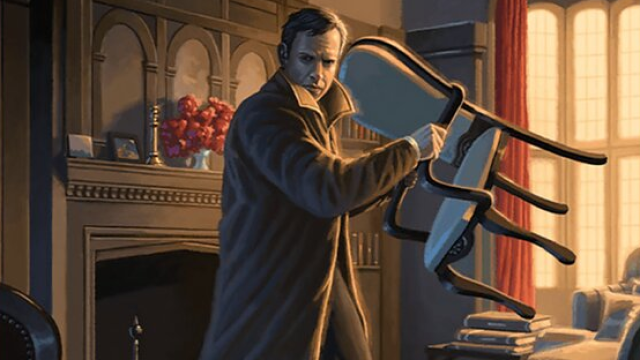
- Strengths: Versatile and powerful skill and tool proficiencies
The Investigator is probably the strongest background without any feat access or bonus spells in 5E. That’s because it comes with excellent skills, perfect for Ravenloft and beyond. You are able to choose between Perception, Insight, or Investigation—all of which are among the strongest and most-used skills in the game.
If that wasn’t quite good enough, the Investigator comes with Thieves’ Tools and Disguise Kit proficiency. The former is an often-used tool kit that is any adventurer’s dream, while the latter is very fun and can provide interesting solutions to combats when utilized to the fullest.
The feature of the Investigator is potent, though usually only for specific campaign types. You get free access to information, as long as its part of a crime you’re on. If your DM is nice, you could be “working” on as many crimes as you want, but it’s still only truly accessible in cities.
Still, that’s just how strong the proficiencies are on this one. It’s still worth it, even if the feature is only okay.
2) Planar Philosopher
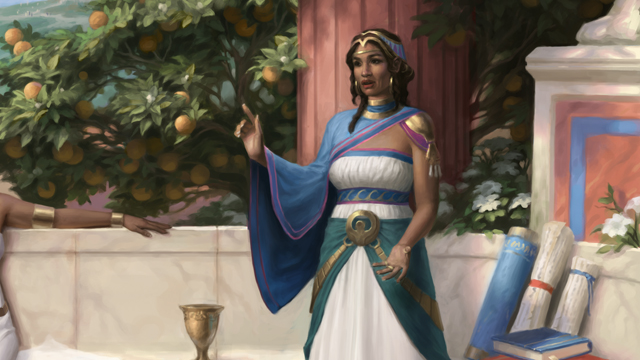
- Strengths: Excellent skill options, incredible feature
The Planar Philosopher, an option from Sigil and the Outlands, is a fascinating feat. It requires you to be affiliated with a Sigil faction, which is great for the campaign. If you want to be optimal, Harmonium gets you Perception proficiency, which is never bad. And if your class can get you Perception by default, you can instead scoop up another strong option such as Medicine, Athletics, Insight, or Stealth.
Then, you get the Scion of the Outer Planes feat. This feat isn’t bad by itself, granting a damage resistance and a cantrip based on your affiliation. However, more importantly, this opens up a feat down the line based on your plane of choice. These feats range from somewhat specific—like Planar Wanderer—to exceptional—like Outlands Envoy—and most of them are worth digging for.
In any campaign where you can use Sigil of the Outlands, it’s a good idea to try for it.
1) Strixhaven Student Backgrounds
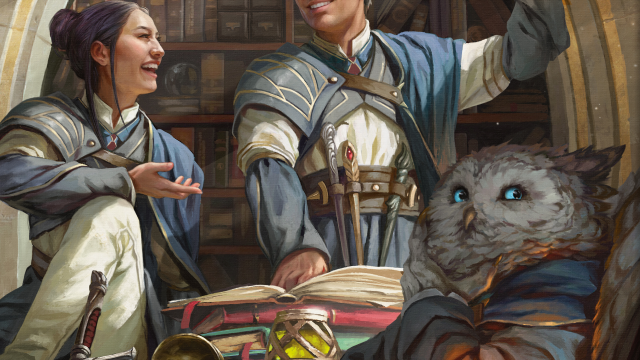
- Strengths: Incredible feature
The Strixhaven: A Curriculum of Chaos book is a bastion of incredible backgrounds that will massively change how your character works and builds. The issue with pinning one down is that they’re all stellar for different characters, since they have varied spell lists and situational skills.
These feats follow a similar path. They grant two solid skills, two tool or language proficiencies—depending on how tool-based the college is, typically—and the Strixhaven Initiate feat for that college. They also grant some spells that are added to the spell list of a caster with the background, making this background more suited for spellcasters.
We recommend the following Strixhaven backgrounds for the example spellcasters:
- Lorehold Student: Cleric, Druid, Paladin, Ranger, Sorcerer, Warlock
- Prismari Student: Bard, Cleric, Druid, Paladin, Ranger, Warlock
- Quandrix Student: Bard, Druid, Ranger, Sorcerer, Warlock
- Silverquill Student: Artificer, Cleric, Druid, Paladin, Ranger, Sorcerer, Warlock, Wizard
- Witherbloom Student: Artificer, Paladin, Ranger, Sorcerer, Warlock, Wizard
Of the five backgrounds, the Witherbloom Student offers the strongest utility and the best proficiencies, though its tight spell list pushes Clerics and Druids out a bit.


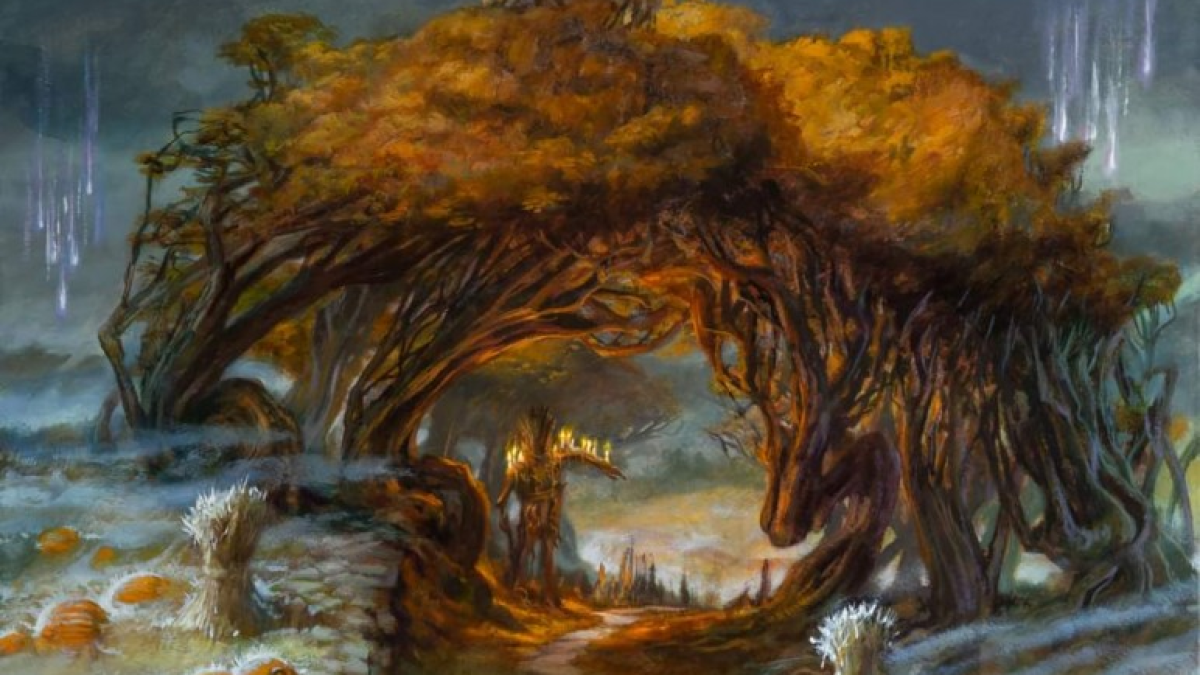
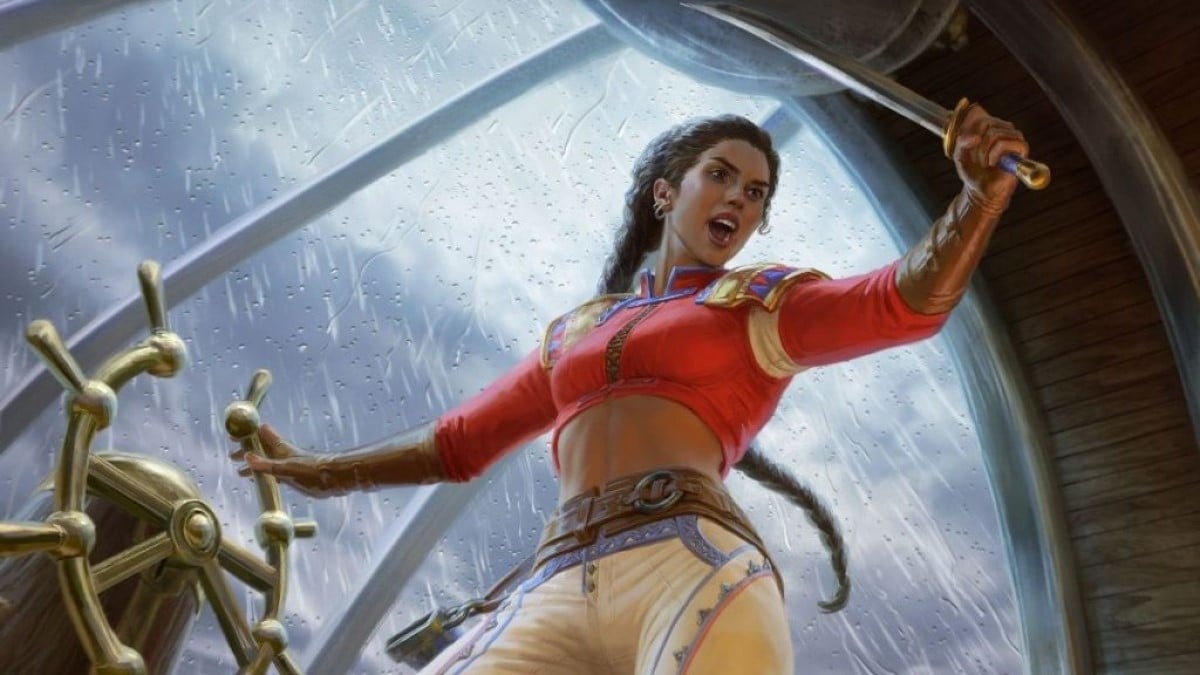

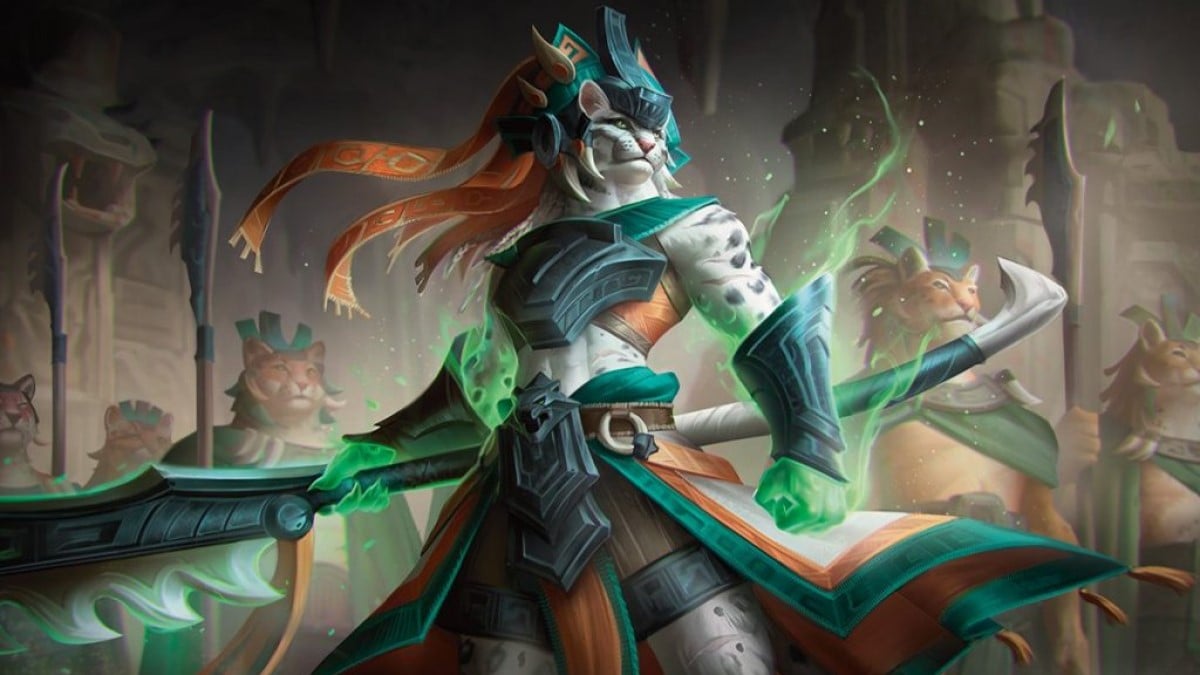
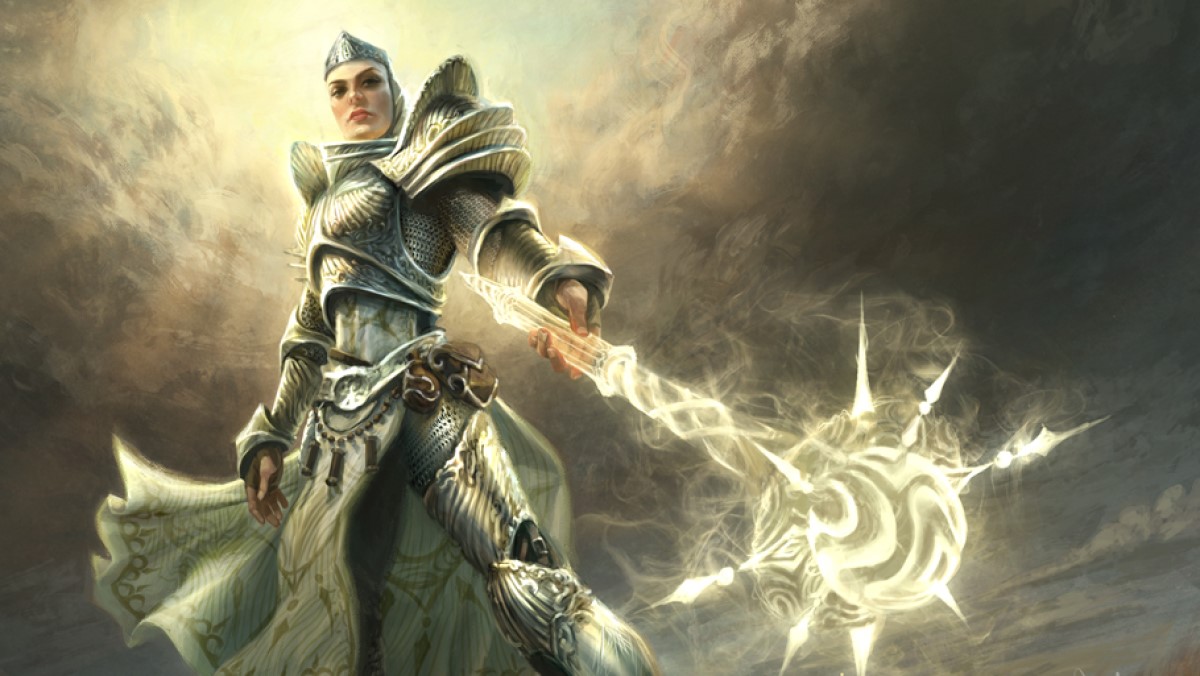

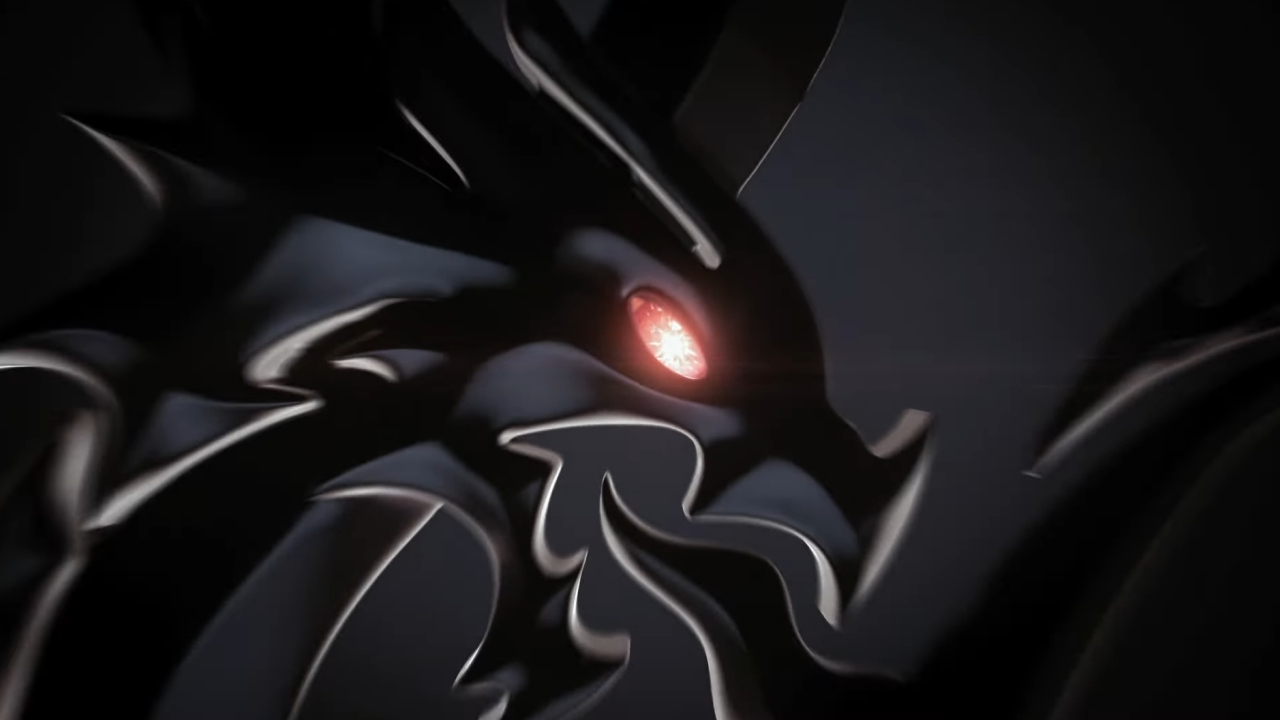
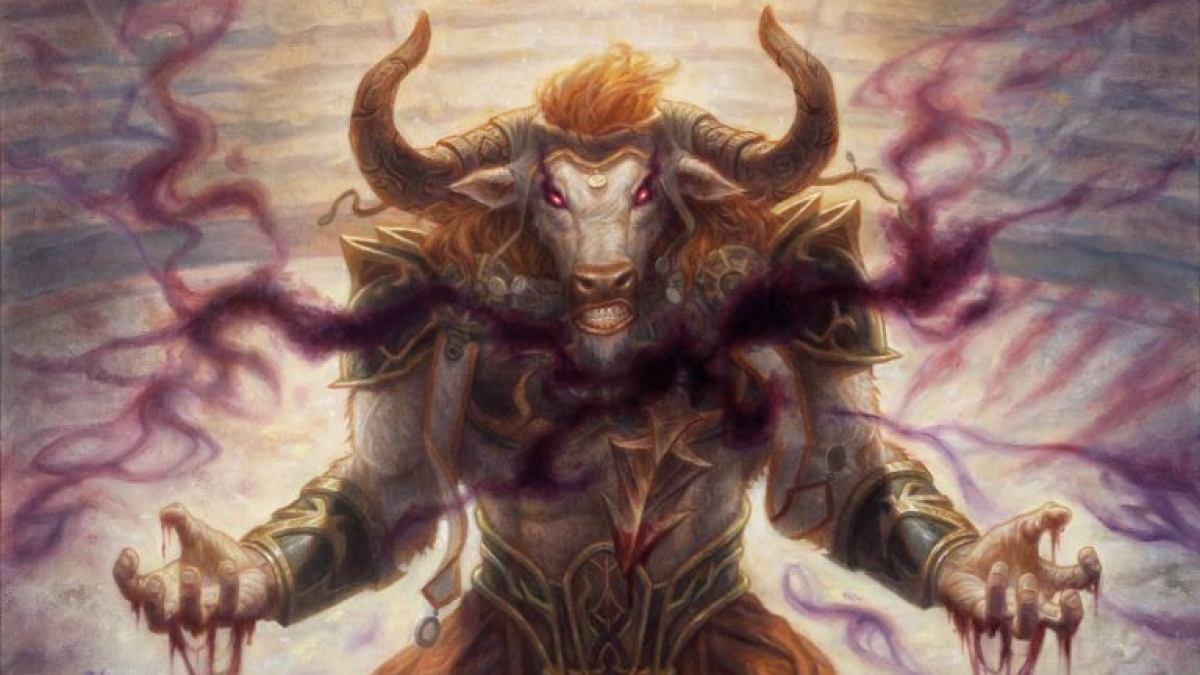
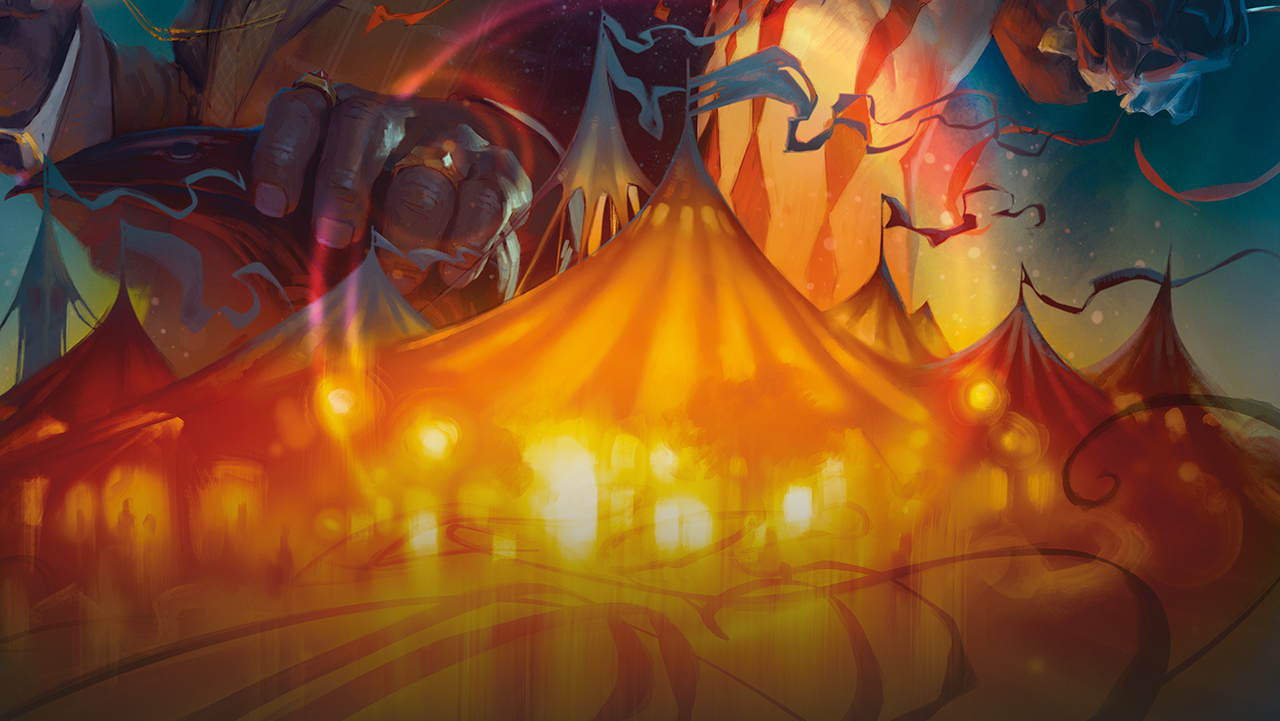
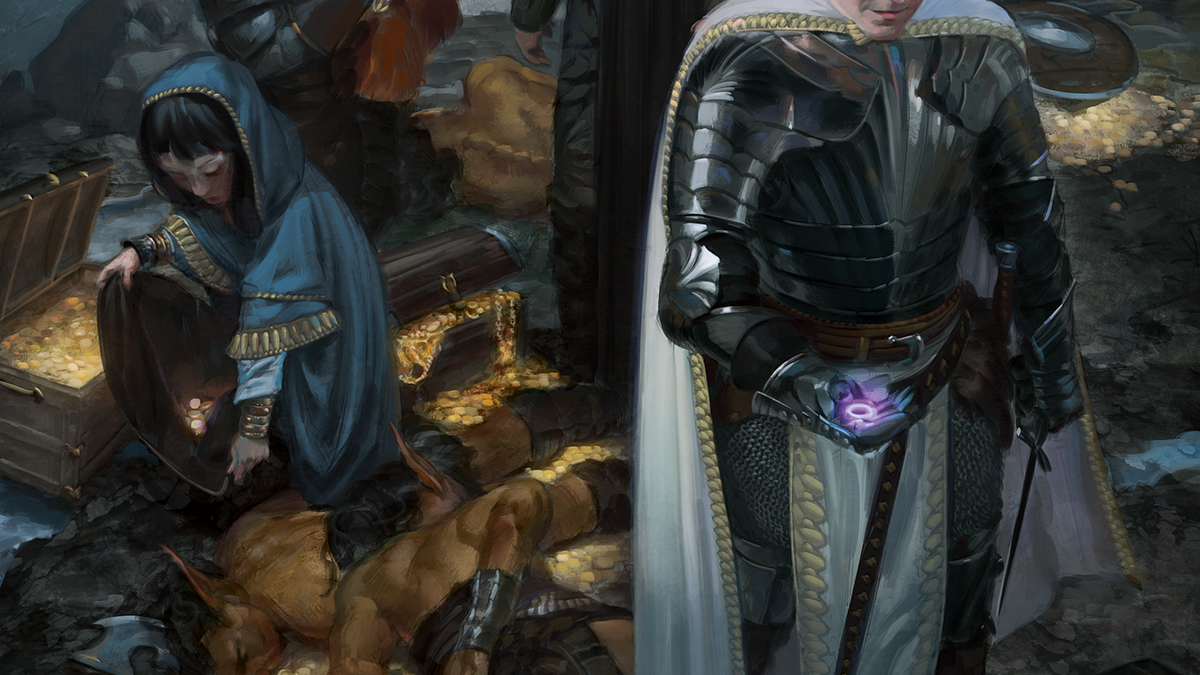
Published: Nov 8, 2023 06:23 pm